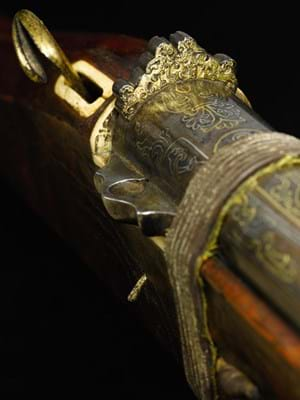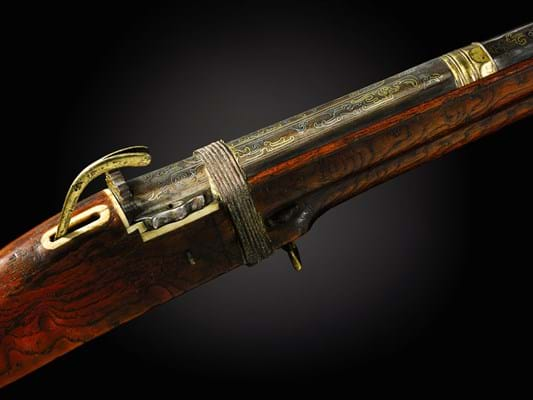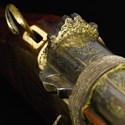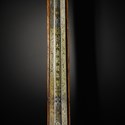Sotheby’s will offer the firearm, made for the Qianlong Emperor, at its London auction on November 9 with an estimate of £1m-1.5m.
Described as a superb Imperial matchlock musket with the Qianlong mark, Sotheby’s suggest it is the first Chinese firearm with an Imperial mark to be offered at auction.
The Qianlong Emperor was arguably the greatest collector and patron of the arts in Chinese history and this musket is said to have inspired him to write a poem in praise of its accuracy and his own skill in hunting deer.
The musket bears not only the Imperial mark on top of the barrel, but also incised on the breech of the barrel are four Chinese characters which denote the gun’s peerless ranking – the exceptional grading te deng di yi, (Supreme Grade, Number One).
Significant Chinese Treasures
Senior director of Chinese Works of Art at Sotheby’s Robert Bradlow said: “This remarkable object epitomises the pinnacle of imperial craftsmanship during the Qing dynasty. The gun’s historical importance cannot be overstated – it ranks as one of the most significant Chinese treasures ever to come to auction.”
The auction house says the grading on the gun makes it unique among the known examples from the imperial workshops, and “asserts its status as one of the most important firearms produced for the Qianlong Emperor”.
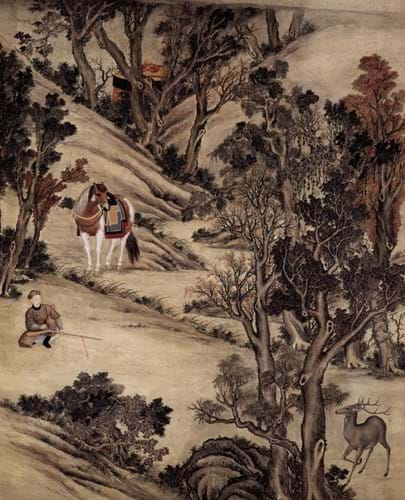
Qianlong Emperor shooting deer. A musket to be auctioned at Sotheby's is said to have inspired him to write a poem in praise of its accuracy and his own skill hunting deer.
The Qianlong Emperor (1711-1799) reigned between 1736-1795, although it is unlikely he ever held a gun in battle he would regularly hunt with a musket.
The Emperor organised large-scale training hunts to the northeast of Beijing, to keep his troops well trained for military campaigns.
Elements of this musket reveal the Emperor’s desire to replicate historic designs.
The plantain leaf and key-fret pattern decorating the musket’s nozzle, for example, was used on bronze ritual wares of some 3000 years ago, which were both collected and copied for the Emperor during his reign.


